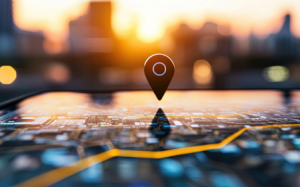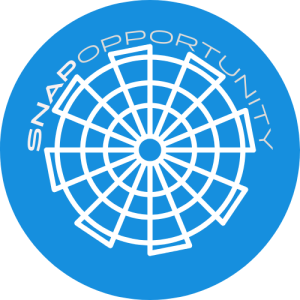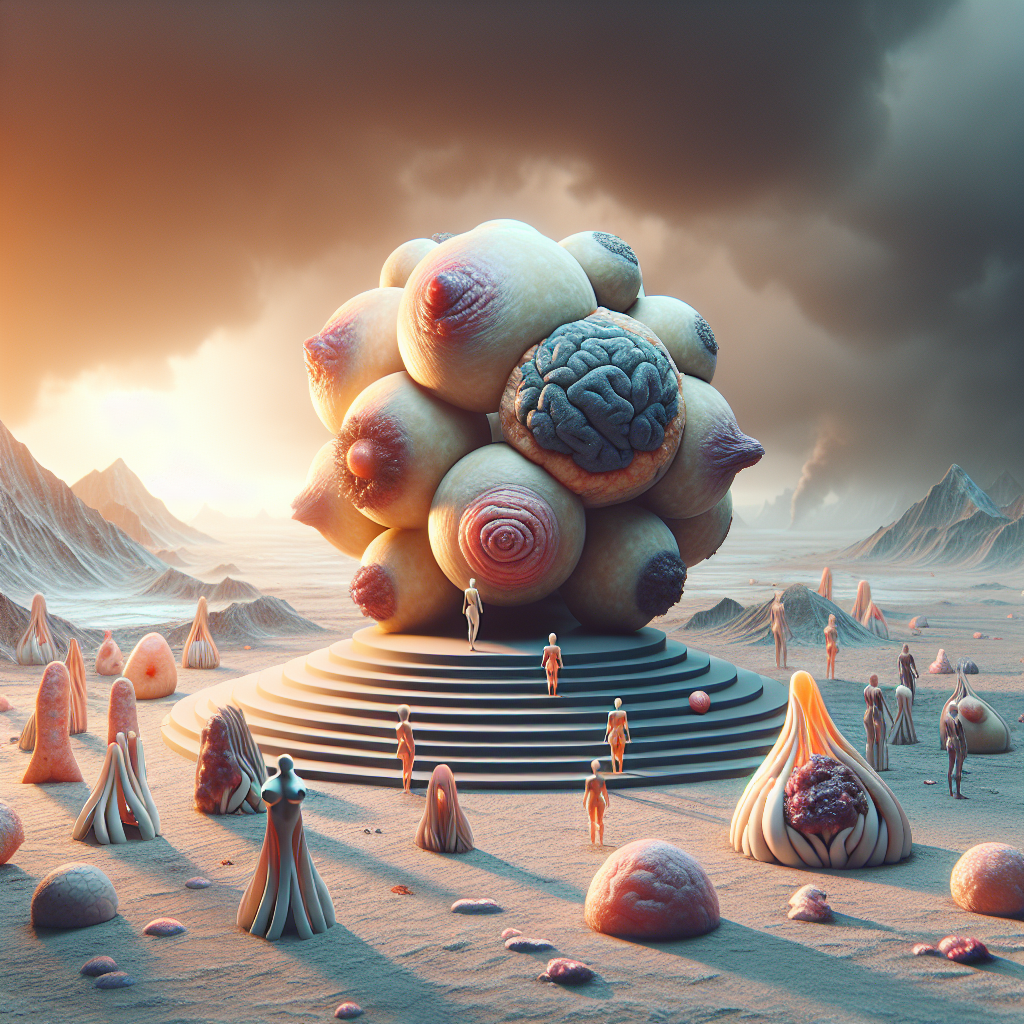Combining next-token prediction and video diffusion in computer vision and robotics
Revolutionizing Computer Vision and Robotics with Next-Token Prediction and Video Diffusion
Researchers are making significant strides in the field of computer vision and robotics by integrating next-token prediction and video diffusion. This innovative approach is set to enhance the capabilities of artificial intelligence in understanding and interpreting visual data.
Next-Token Prediction: A Game Changer
Next-token prediction is a technique used in machine learning that predicts the next item in a sequence. This method has been instrumental in improving the performance of AI models in various applications, including natural language processing and image recognition.
- It enables AI to anticipate future events based on past data.
- It enhances the accuracy of predictions, leading to more reliable outcomes.
Video Diffusion: Enhancing Visual Understanding
Video diffusion is a process that involves the distribution of video content across various platforms. In the context of computer vision, it refers to the spread of visual data that AI systems can analyze and learn from.
- It provides a vast amount of visual data for AI to process and understand.
- It enhances the ability of AI to recognize patterns and make accurate predictions.
Combining Next-Token Prediction and Video Diffusion
The integration of next-token prediction and video diffusion is a groundbreaking development in the field of computer vision and robotics. This combination allows AI systems to predict future events with greater accuracy and understand visual data more comprehensively.
- It enhances the predictive capabilities of AI systems.
- It improves the ability of AI to understand and interpret visual data.
- It has potential applications in various fields, including autonomous vehicles, surveillance systems, and robotic automation.
Conclusion
The fusion of next-token prediction and video diffusion is set to revolutionize the field of computer vision and robotics. By enhancing the predictive capabilities and visual understanding of AI systems, this innovative approach promises to bring about significant advancements in various applications, from autonomous vehicles to robotic automation.














